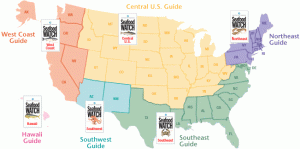1) This animal is one of four in its genus. The other three are all native to the Pacific ocean. And, the animal is so well revered in Japanese culture that the shape of a samurai warrior’s headgear was designed after its shell.
2) This animal has its gills under its shell. The gills are flaps that are called book gills because under each flap are more gills, or pages.
3) This animal has blue blood which contains something called lysate used to test for purities in medicines.
4) This animal’s scientific (genus and species name) name is Limulus polyphemus. Rhymes with stimulus jolly-fee-bus. (I know pretty rough around the edges)
5) This animal has been around since before the time of the dinosaurs.
Check out www.beachchairscientist.com and let us know what you always ponder while digging your toes in the sand!








What people are saying …